Not many ballet companies convey young love as credibly as Birmingham Royal Ballet. And I am not talking about select soloists, but the company as a whole, for youth, freshness and vibrancy are its most distinctive traits. Add to that a slick sense of style, impeccable technique and co-ordination and you have the perfect ballet experience. Which is what I had last week with each of the three titles presented at the London Coliseum: Daphnis et Chloë, The Two Pigeons and Coppélia.
Created in 1961, The Two Pigeons is Frederick Ashton’s own take on one of those late 19th-century works that belong to what is commonly considered to be a period of decline in the history of French ballet. Ashton’s reading retains many features and conventions of the original work, respectfully following Messager’s lavish score. As such, it is a delicate affair, which, in the wrong hands, could easily become grotesquely naff.
Luckily, this is not the case with the BRB artists. As the two young lovers — the idealistic though philandering painter and his whimsical, coquettish model — Robert Parker and Nao Sakuma came across as most worthy successors to the legendary Lynn Seymour and Christopher Gable, for whom the ballet was created. In the final duet, one of the finest examples of Ashton’s theatre magic, their alchemy was mesmerising; when the two white doves reunited on top of the chair at the feet of which they had just kissed, there were very few dry eyes in the house. Still, their story of love, tiffs, betrayal and reconciliation came fully to life also thanks to the equally impeccable involvement of the rest of the company. More than once I found myself gasping with admiration at both the seamless beauty and theatrical agency of the various ensembles.
Love, loss and reunion are also central to the other Ashton ballet on the BRB’s Spring Passions double bill. Unlike The Two Pigeons, Daphnis et Chloë is not a crowd pleaser, and there are still many who find it difficult to appreciate. Set to Ravel’s lusciously sensuous but never captivating score, Ashton’s soft-toned choreography does not leave much space for exuberant passions or vibrant romanticisms. Yet here, too, the company artists led by Elisha Willis — who later sparkled as the seductive Gipsy Girl in Two Pigeons — and Iain Mackay managed to convey a sense of theatrical unity that I have rarely witnessed in recent stagings of the same work. Two nights later, the same company shone in Peter Wright’s acclaimed production of Coppélia (1870). This ballet, too, the dance equivalent of Offenbach’s operettas, can easily become grotesquely twee and tacky if carelessly approached. Once again, the whole company looked at their peak. In the principal roles, Nao Sakuma was a spicy and technically superb Swanilda, Chi Cao a dazzling Franz, and Michael O’Hare a movingly comic Coppélius.
The week concluded with the new staging of Christopher Wheeldon’s Alice’s Adventures in Wonderland at Covent Garden. On paper, the idea of turning the two-acter into a three-acter looked ominous. But the new division works marvellously well. The revised structure allows viewers to appreciate in more detail the choreography and the numerous theatrical and visual effects. I am not sure whether Wheeldon has actually retouched parts of his work, but this time round it was much easier to appreciate the various nuances of his artistic creativity. As Alice, Lauren Cuthbertson combined diamond-like technique with excellent acting, matched by the now noble, now captivatingly mischievous Federico Bonelli as the Knave of Hearts. Other show-stoppers were the all-tapping Mad Hatter of Steven McRae and Laura Morera’s irresistible Queen of Hearts. What was saluted with warm feelings and positive reviews at its première is now likely to become a more than welcome and successful title of seasons to come.
Got something to add? Join the discussion and comment below.
Get 10 issues for just $10
Subscribe to The Spectator Australia today for the next 10 magazine issues, plus full online access, for just $10.

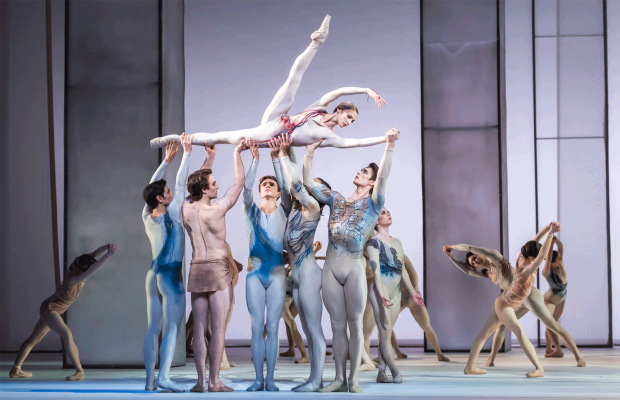

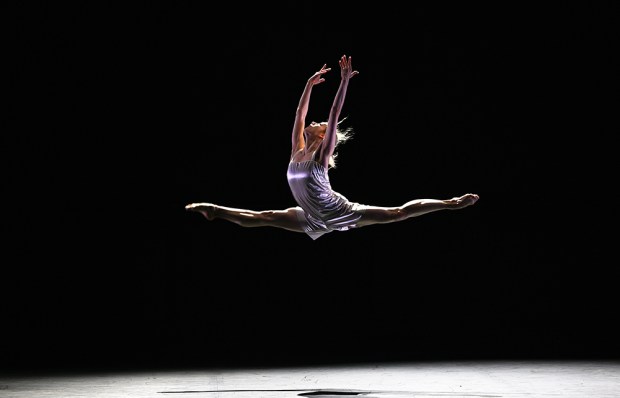
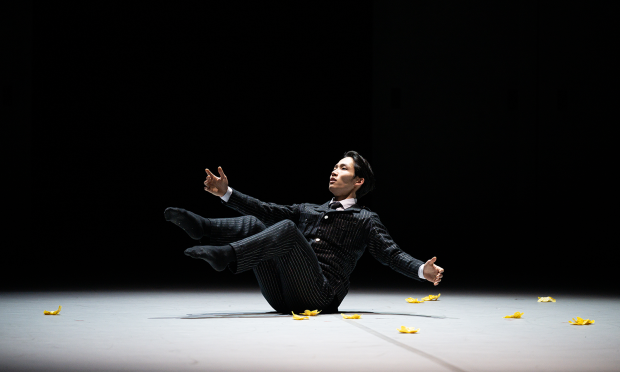
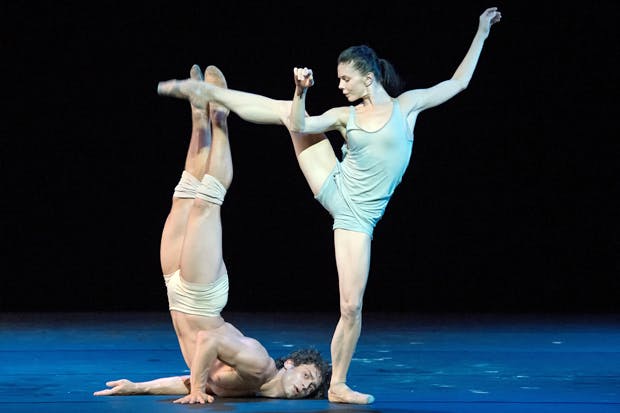
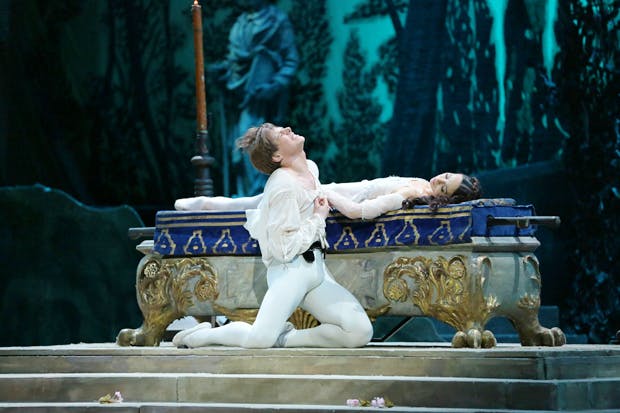






Comments
Don't miss out
Join the conversation with other Spectator Australia readers. Subscribe to leave a comment.
SUBSCRIBEAlready a subscriber? Log in